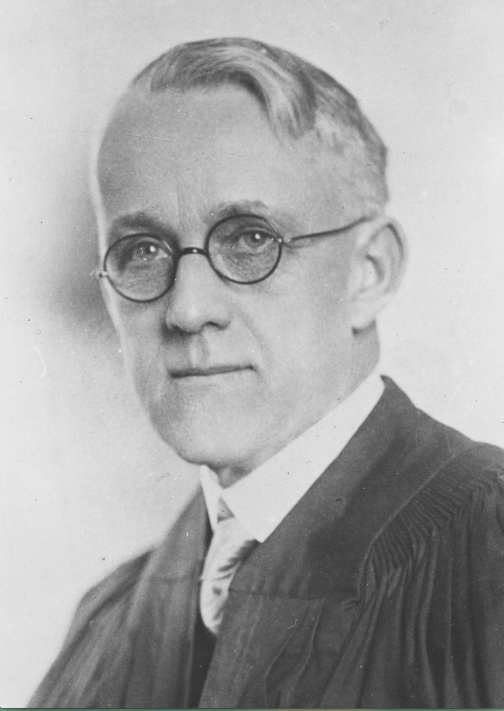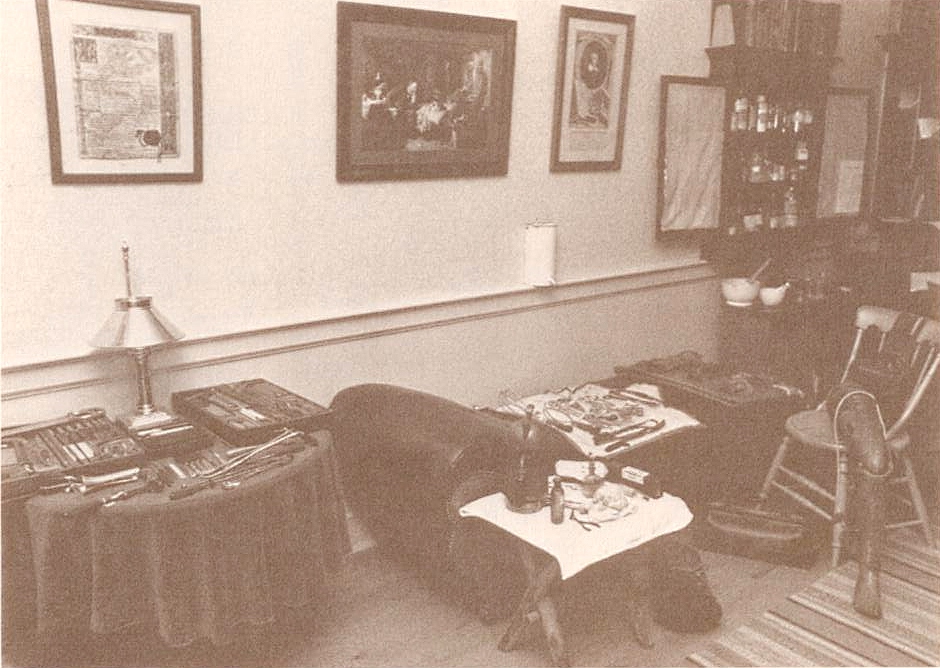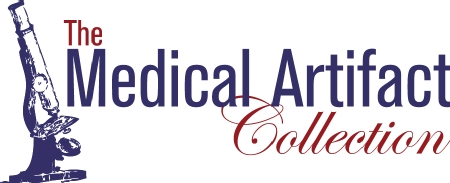In the early 1920s, Western’s Faculty of Medicine began to collect artifacts from students, alumni, faculty and local doctors for a medical history museum. Artifacts were displayed in the library, the alumni office, and the laboratory of Professor James Crane (1877-1959), who championed the initiative. Over the next several decades a sizable collection of 19th and 20th century objects emerged, including bloodletting instruments, military surgical sets, microscopes, and various diagnostic and dental equipment. After Crane retired, the medical librarian cared for the collection. In the 1960s, a committee led by Professor Murray Barr (1908-95) of the Department of Anatomy began planning an official museum, and in 1972, the Medical Museum and Archives opened in the newly built University Hospital. The museum remained at the hospital until 1994, when provincialc cuts to healthcare led to its closure. Local museums accepted part of the collection, with the remaining objects stored in the Department of History of Medicine. Reorganized as the Medical Artifact Collection in 2004, these objects now serve as a teaching and research resource for students in medicine and in Canadian, medical, and public history. With over 1200 artifacts, our mandate is to research, collect, and preserve medical objects representative of the practice and teaching of health and medicine in southwestern Ontario. In 2011, the collection moved to new storage and teaching space in the Department of History, Lawson Hall. While there is no formal museum, selected objects are on display throughout Lawson Hall, the Medical Sciences Building, and the Health Sciences Addition. A Dose of History


You are using a browser that is not standards-compliant. The information on this Web site will be accessible to you, but for a list of Web browsers that comply with the World Wide Web Consortium standards, please visit our Web standards page.
Professor James Wellington Crane took a leading role in collecting and displaying medical artifacts, one of his many activities promoting the history of medicine at Western.
The new facility housed two exhibition areas: a display of medical technology, and a recreation of a physician's office (below) modeled after that of Dr. Edwin Seaborn (1872-1951), a major donor interested in medical history.

